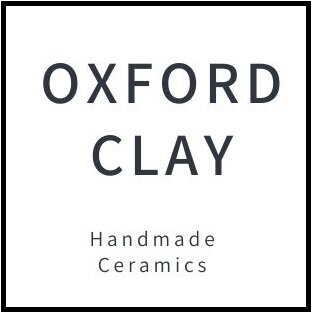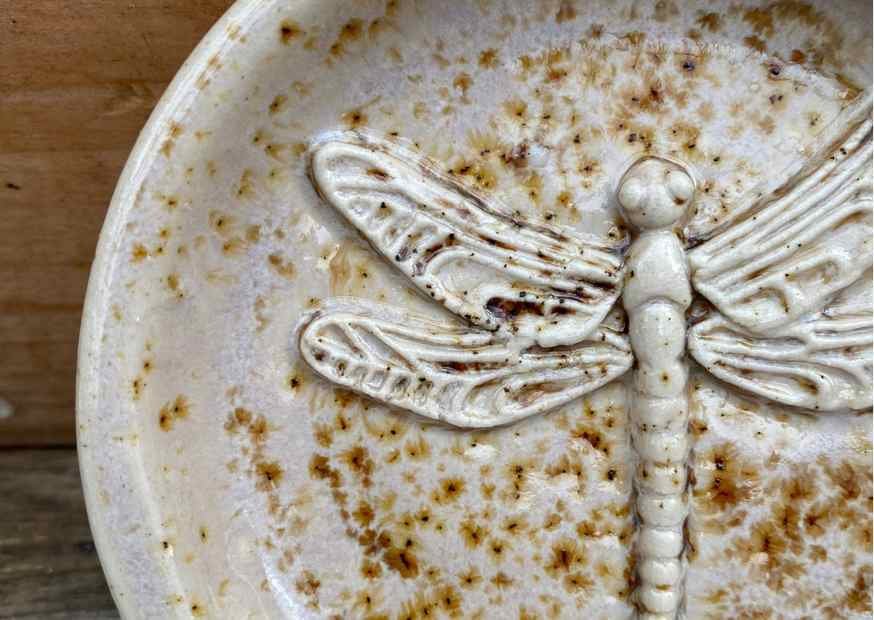Is Agromining The Future of Colour in Pottery Glazes?
Agromining, also known as phytomining, is the process of extracting metals from plants. Plants naturally absorb metals in their tissues as they grow. Could Agromining bring a new generation of ways to create eco-conscious colour in pottery glazes, without using commercial metal oxides?
Commercial metal oxides are amongst the most harmful pottery materials to produce because they take huge amounts of energy to mine and process. This energy is increasing over time as the metal ore grades decline over time. Mining companies have to mine deeper and ever greater quantities of rock to generate the same quantities of metal (3). Metal oxides are also mined and processed by machinery that is powered by fossil fuels such as diesel (3). This is why mining metal oxides contributes more to carbon emissions, air pollution, and other pottery materials.
So scientists have been investigating new ways of mining metals in ways that cause less destruction to the environment. Agromining or phytomining is the process of extracting metals from plants that have naturally absorbed the metals into their tissues as they grow. Some plants have the ability to absorb unusually large quantities of metals from the soil. These plants are called 'hyperaccumulators'. Hyperaccumulator plants have become of increasing interest to scientists looking at metal recovery from secondary sources such as metal-rich soils (2).
In Agromining the plants are grown on metal-rich soils before being harvested, dried and burned. The metals are then extracted from the plant ashes. Hyperaccumulator plants can be grown on contaminated land, such as the tailings from mines so Agromining can also help to decontaminate polluted soil (1).
Scientists are researching the Agromining of many metals such as Nickel, Zinc, Lead Cadmium Cobalt, Copper, Manganese, Chromium, Selenium and Thallium (2).
Using plants to colour pottery.
We already know that different plants can create different colours in pottery due to the natural mineral and trace metal composition in their ashes. Glazes made from hyperaccumulator plants could be the next step in creating naturally coloured sustainable eco-conscious pottery glazes.
I’ve recently been experimenting with creating colour in pottery from plant ashes and no commercial metal oxides. Some of the most vivid colours I've been able to create just using the natural minerals and trace metals already present in the plant ash have been pinks, light blues, browns and greys.
If you're interested to learn more about plant ash glazing I've created a video course for you to learn the process of making a glaze from plant ash. The course is suitable for beginners or experienced potters wanting to learn how to make their own ash glaze with simple ingredients and easy to follow steps.
I've also written a book on plant ash glazing which includes 60 glaze tests made using different plants and their ashes.
References
Brunel University, 2021. Collecting and upcycling metals from polluted soil. Accessed at <https://www.brunel.ac.uk/research/projects/collecting-and-upcycling-metals-from-polluted-soil> on 5 August 2022.
Ent, Antony van der et al., 2017. Agromining - farming for metals: extracting unconventional resources using plants, Springer.
Holland, M. 2019. Reducing the health risks of the copper, rare earth and cobalt industries, the transition to a low-carbon economy: Greening heavy and extractive industries Issue Paper, London: EMRC and Imperial College London



